The relationship between sugar content in melons and fruits and their photosynthetic accumulation is a fascinating subject that bridges botany, agriculture, and food science. While consumers often judge produce by its sweetness, the journey from sunlight to sucrose involves a complex interplay of biological processes. Understanding this connection not only satisfies scientific curiosity but also holds practical implications for growers aiming to enhance crop quality.
Photosynthesis serves as the foundation for sugar production in plants. Within the chloroplasts of leaves, light energy converts carbon dioxide and water into glucose—the basic building block for more complex sugars. However, what many don't realize is that not all this sugar remains in the foliage. Through a remarkable transport system, plants redistribute these carbohydrates to developing fruits where they accumulate as the familiar sugars we taste. The efficiency of this process varies dramatically across species, cultivars, and even individual fruits on the same vine.
Field studies have revealed intriguing patterns in sugar accumulation among different melon varieties. Cantaloupes, for instance, tend to reach peak sucrose levels just as the fruit separates easily from the vine—a phenomenon growers call "full slip." Watermelons, by contrast, continue accumulating sugars even after detachment from the plant. This discrepancy stems from variations in how these species regulate enzyme activity during ripening. The enzyme sucrose phosphate synthase plays particularly crucial role, acting as a biochemical gatekeeper controlling how much sugar gets stored in the fleshy tissues.
Environmental factors create another layer of complexity in the sugar accumulation equation. Contrary to popular belief, more sunlight doesn't always translate to sweeter fruits. While adequate light is essential for photosynthesis, excessive radiation can actually impair sugar production by causing oxidative stress. Temperature fluctuations present another challenge—cool nights following warm days appear to enhance sugar accumulation in many fruits, possibly by slowing nighttime respiration that would otherwise burn through carbohydrate reserves. These nuances explain why the same cultivar grown in different regions can develop markedly different sweetness profiles.
The timing of harvest critically influences final sugar content, a fact that commercial growers must balance against logistical constraints. Picking fruits too early interrupts sugar accumulation, while waiting too long risks overripening and reduced shelf life. Modern orchards increasingly rely on refractometers to measure brix levels—a proxy for sugar content—but researchers are developing more sophisticated techniques. Near-infrared spectroscopy now allows non-destructive assessment of internal sugar distribution, revealing that not all parts of a single fruit sweeten equally.
Agricultural practices have evolved to optimize natural sugar production. Strategic leaf pruning, for example, can direct more photosynthetic resources toward developing fruits without compromising overall plant health. Soil management also plays an underappreciated role—mineral imbalances can disrupt the enzymatic processes that convert photosynthetic products into storable sugars. Perhaps most surprisingly, controlled water stress applied at precise growth stages has been shown to boost sugar concentration in several fruit crops, though the technique requires careful monitoring to avoid yield penalties.
Looking ahead, advances in plant genomics promise to unravel the genetic basis of superior sugar accumulation traits. Scientists have already identified DNA markers associated with high brix in certain melon varieties, enabling more efficient breeding programs. Meanwhile, ongoing research into photosynthesis enhancement—including projects aiming to import more efficient algal photosynthesis mechanisms into crop plants—could revolutionize sugar production in fruits. These developments don't just aim for sweeter produce, but for varieties that achieve their peak flavor while using fewer resources.
The journey from photon to fructose represents one of nature's most elegant biochemical pathways, perfected over millennia of plant evolution. As we deepen our understanding of these processes, we gain not just better-tasting fruits, but insights into how plants convert light into life—a fundamental miracle happening quietly in orchards and fields across the world every sunny day.

By /Jul 14, 2025

By /Jul 14, 2025
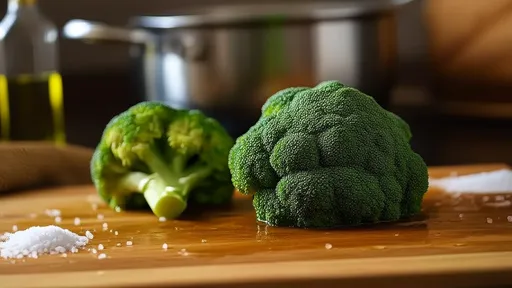
By /Jul 14, 2025

By /Jul 14, 2025

By /Jul 14, 2025

By /Jul 14, 2025
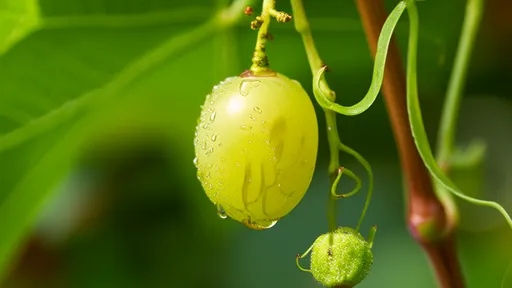
By /Jul 14, 2025

By /Jul 14, 2025
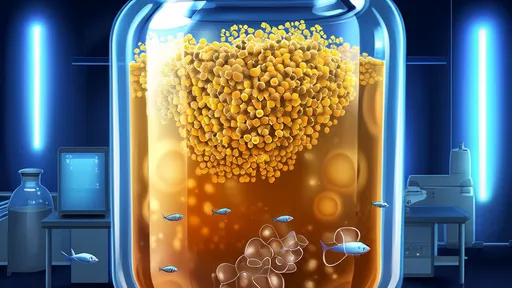
By /Jul 14, 2025
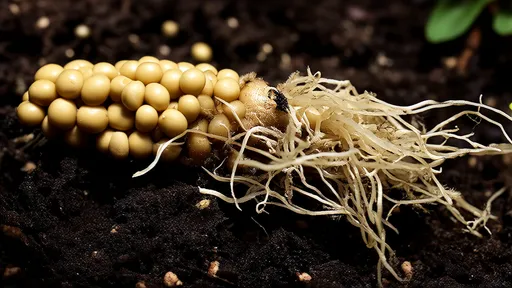
By /Jul 14, 2025

By /Jul 14, 2025
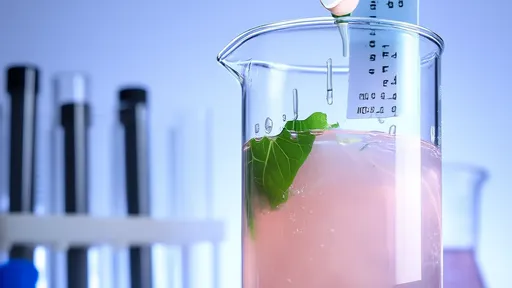
By /Jul 14, 2025
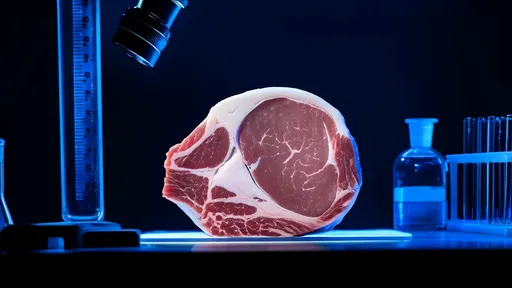
By /Jul 14, 2025

By /Jul 14, 2025
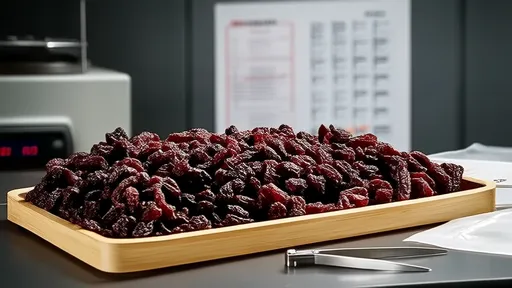
By /Jul 14, 2025
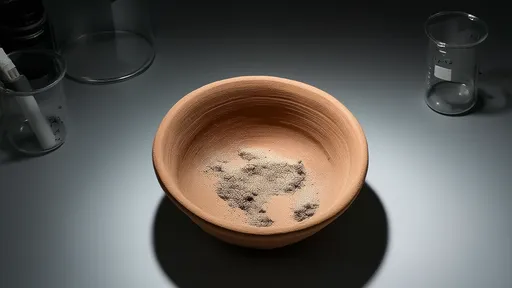
By /Jul 14, 2025
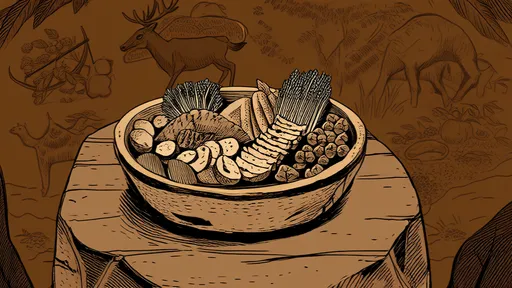
By /Jul 14, 2025
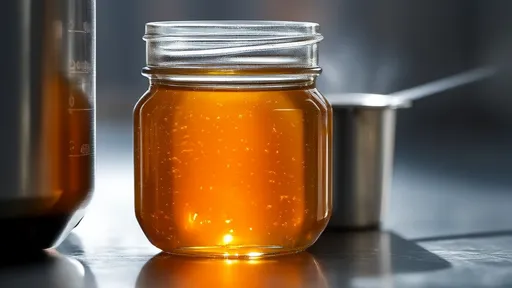
By /Jul 14, 2025